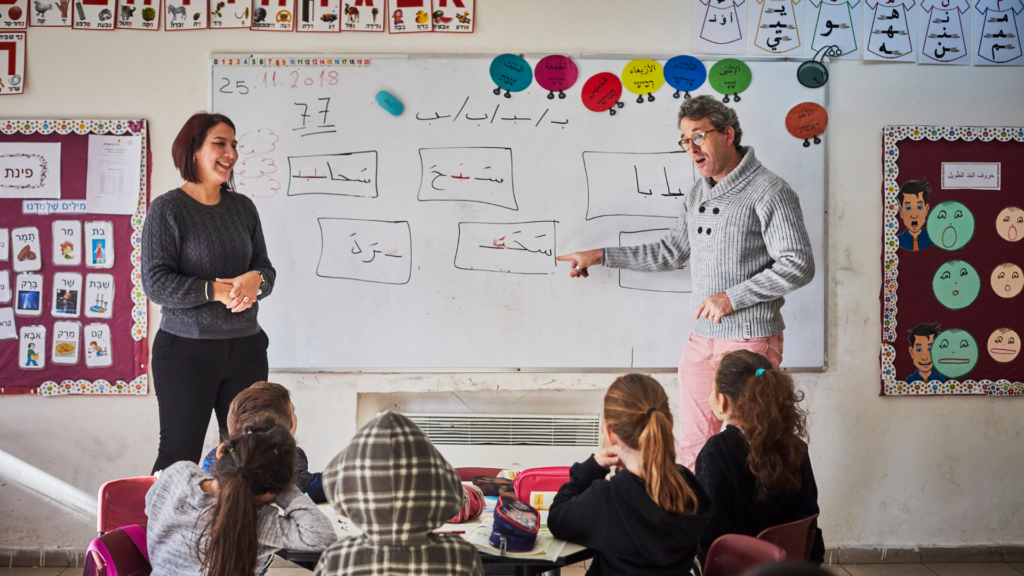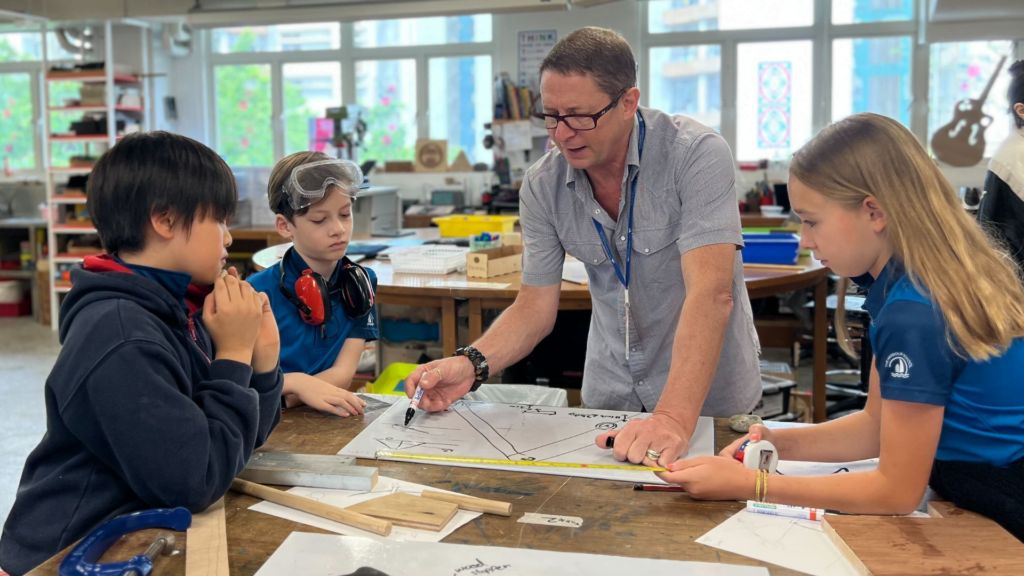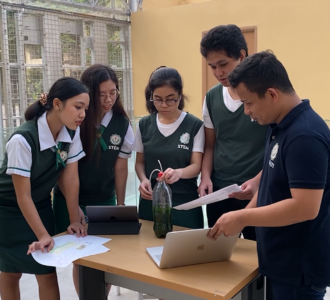Pedagogy is a dynamic process that evolves constantly, and as educators, it’s our responsibility to keep pace with innovative, effective and affectionate methods. As Jean Piaget stated in 1969, the difficulty in teaching is the fact that the most successful teaching methods are often the most challenging.
Shifting from traditional to innovative teaching styles can be a challenging task, especially for a teacher who is deeply rooted in conventional teaching.
Embracing change

Educational change is a slow process, marked by time passing and shifts in generations. As teachers, our own learning experiences heavily depend on the way we were taught and it influences our pedagogical approaches.
Embracing change is crucial, especially within today’s classrooms, to ensure that every student benefits from our teaching delivery.
We must be mindful of the fact that we don’t teach for an average kind of student, because there is no average student. We teach for each and every student we have in class.
Diverse learning styles
Recognising and addressing diverse learning styles is an obvious and sometimes unnoticeable aspect of teaching. Every student learns differently and as educators, it’s our mission to adapt and cater to different learning styles.
While it’s challenging, taking time to plan lessons that adjust to each student’s needs is a fundamental aspect of effective teaching.
Strategies to adapt teaching methods
Carol Ann Tomlinson provides valuable strategies for teachers seeking to adapt their teaching styles to accommodate diverse learning needs. In her book, she names over 15 strategies for managing a diverse classroom, but these are the ones that I found the easiest way to start implementing in your next class.
One strategy involves incorporating an “anchor activity” in your classroom. This activity serves to free up time for individual student attention. By doing this, it will allow your students to remain engaged while you focus on individual needs.
Another strategy is to carefully develop and deliver instruction for clarity and understanding. Finding the right balance between clearness and difficulty is important. Establishing clear expectations and time limits ensures that students comprehend and follow instructions effectively.
Thoughtfully assigning students into groups or seating areas is also a classroom management strategy Tomlinson points out. Naming each student individually for group assignments can drive into a chaotic moment. Instead, she proposes using colour-coded or group-based lists as it fosters a sense of cohesion within the assigned groups.
Lastly, ensuring that students have a plan for seeking help when you are occupied with another student or group is vital. Implementing an “expert of the day” system where a student takes on the role of an expert, checks answers, and helps peers with questions about directions or texts. This collaborative approach encourages students to participate in their learning and creates a better learning environment.
Understanding students

These examples are just a starting point for teachers to improve their teaching experience. As educators, we have a special understanding of our students, their needs, difficulties, and potential.
In conclusion, adjusting teaching methods to different learning styles is a vital commitment to education. Anchor activities, clear instructions, group work and collaboration enhance learning. We have the responsibility to adapt our teaching methods to diverse learning styles aiming to make every student thrive.
For more tips and tricks like these, join T4 Communities at https://t4communities.education/ on your PC or laptop or you can stay connected on the go by downloading our app:
- Android users, click here: https://bit.ly/3Dakpw4
- iOS users, click here: https://apple.co/3s9mH8o



